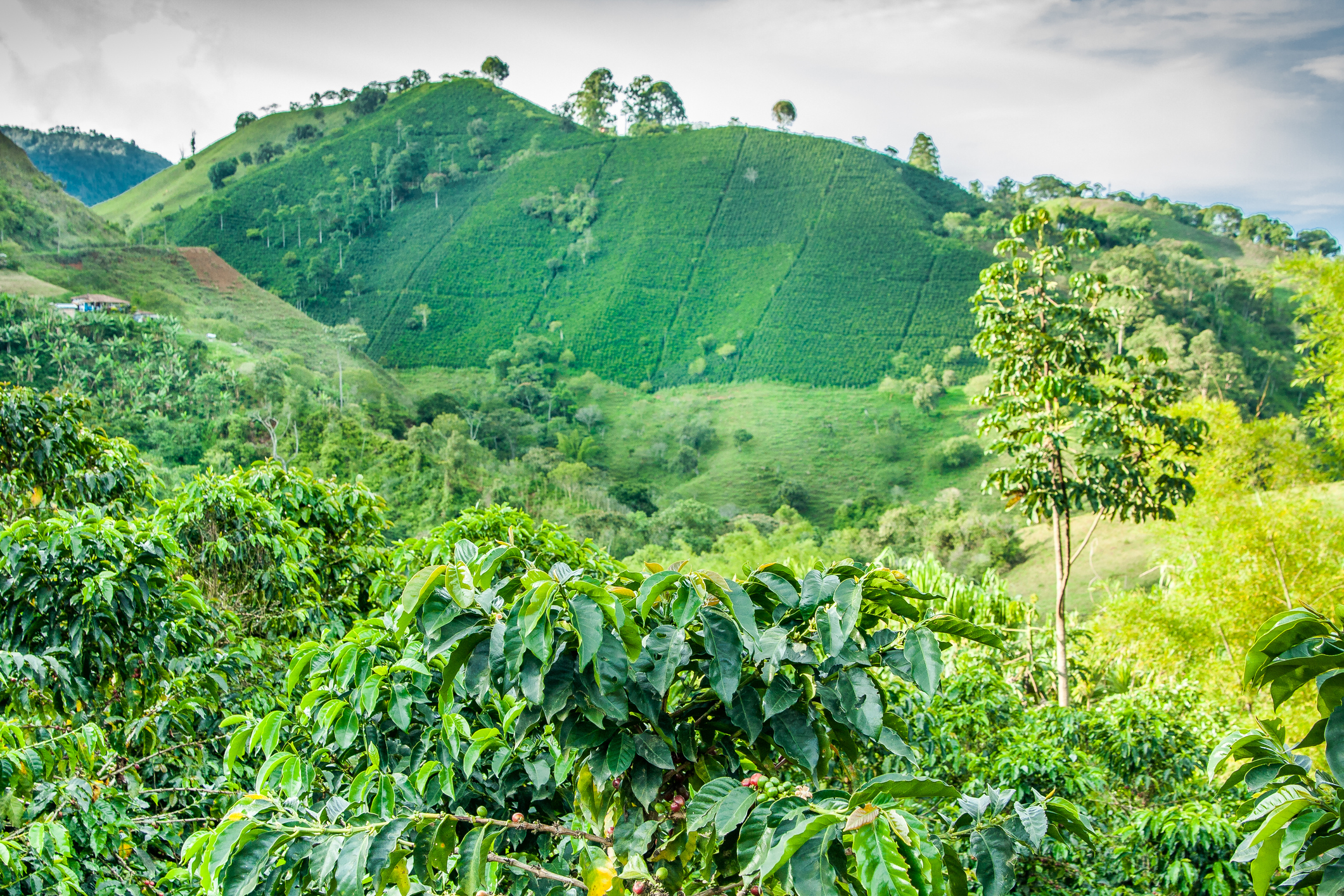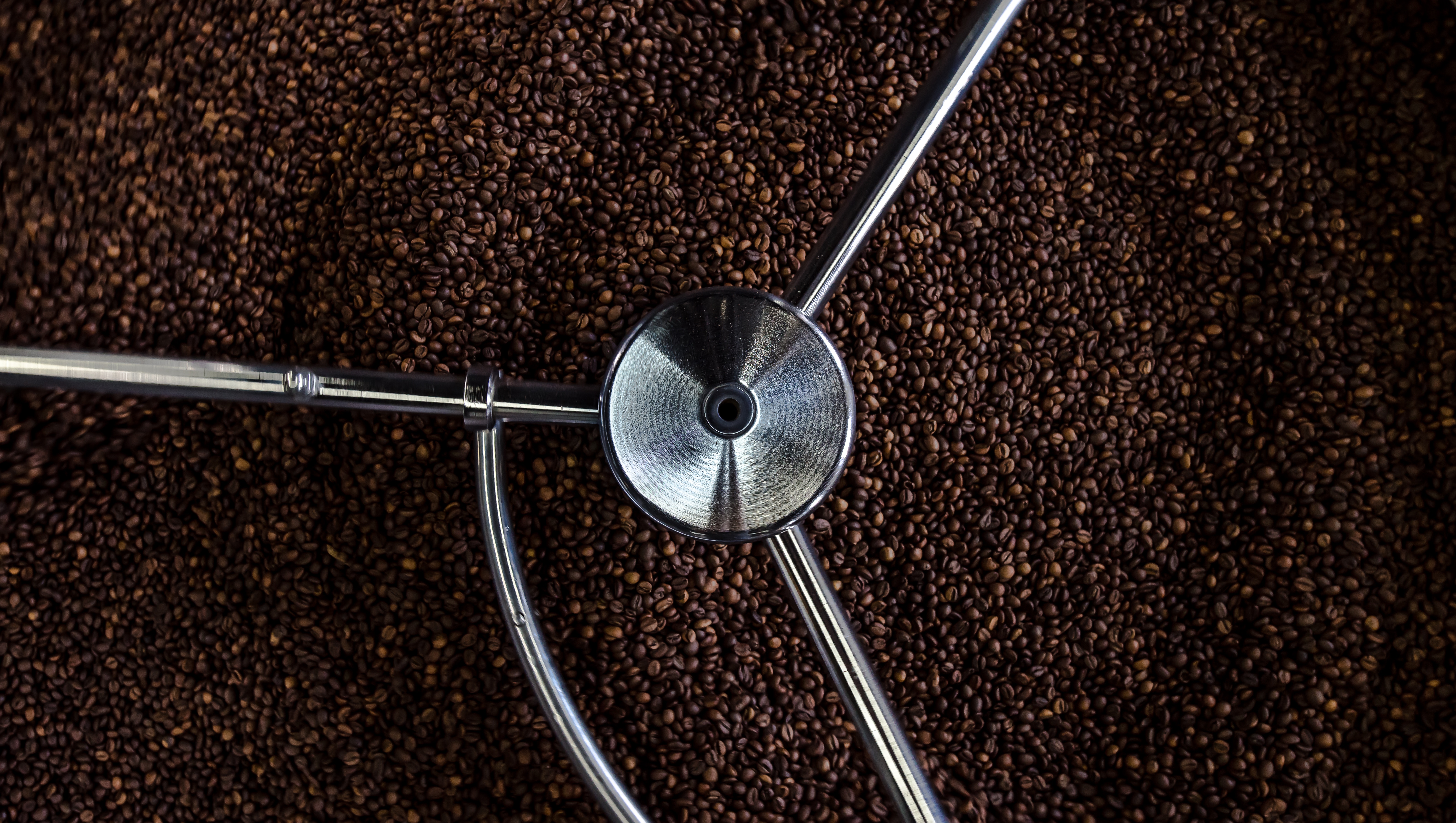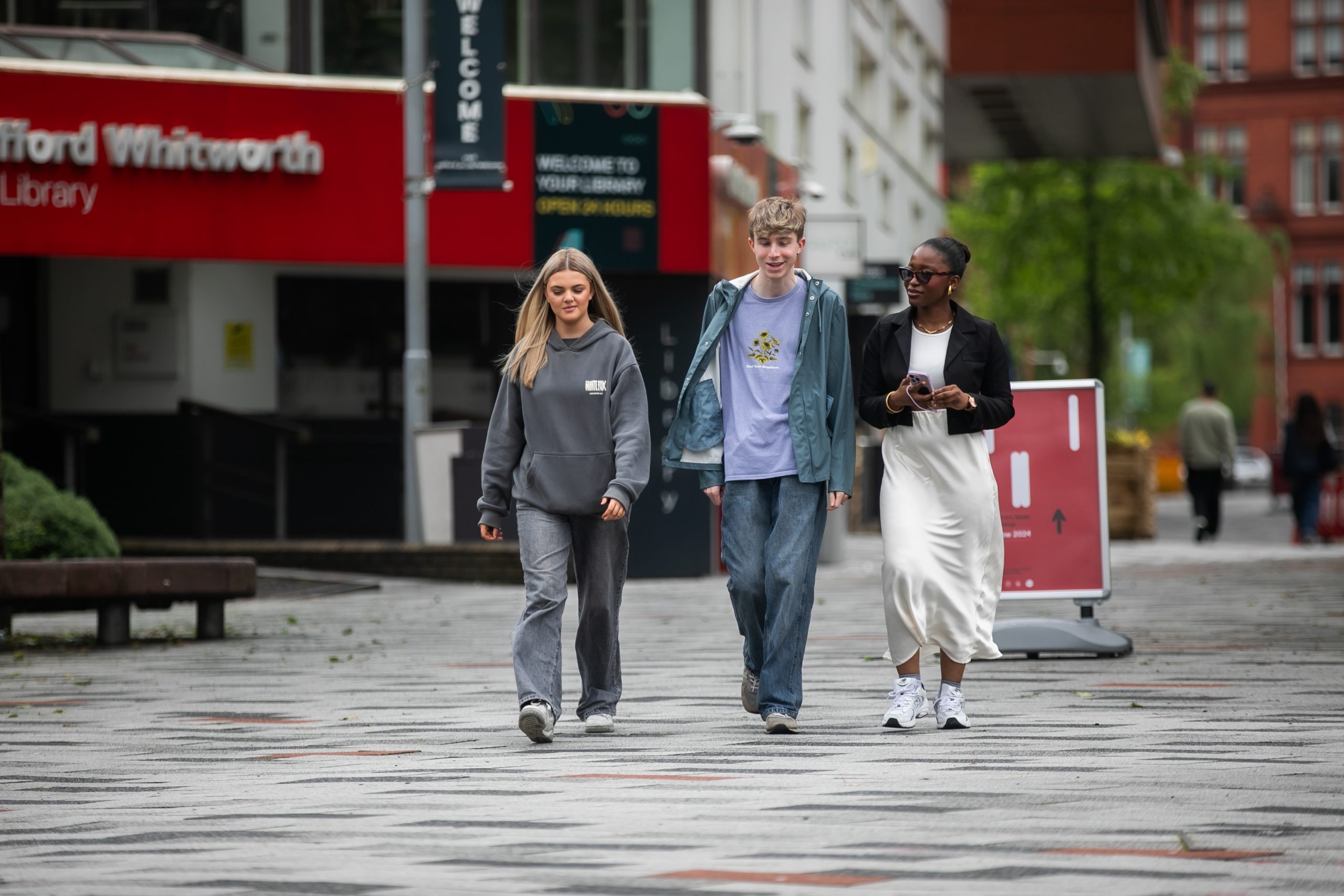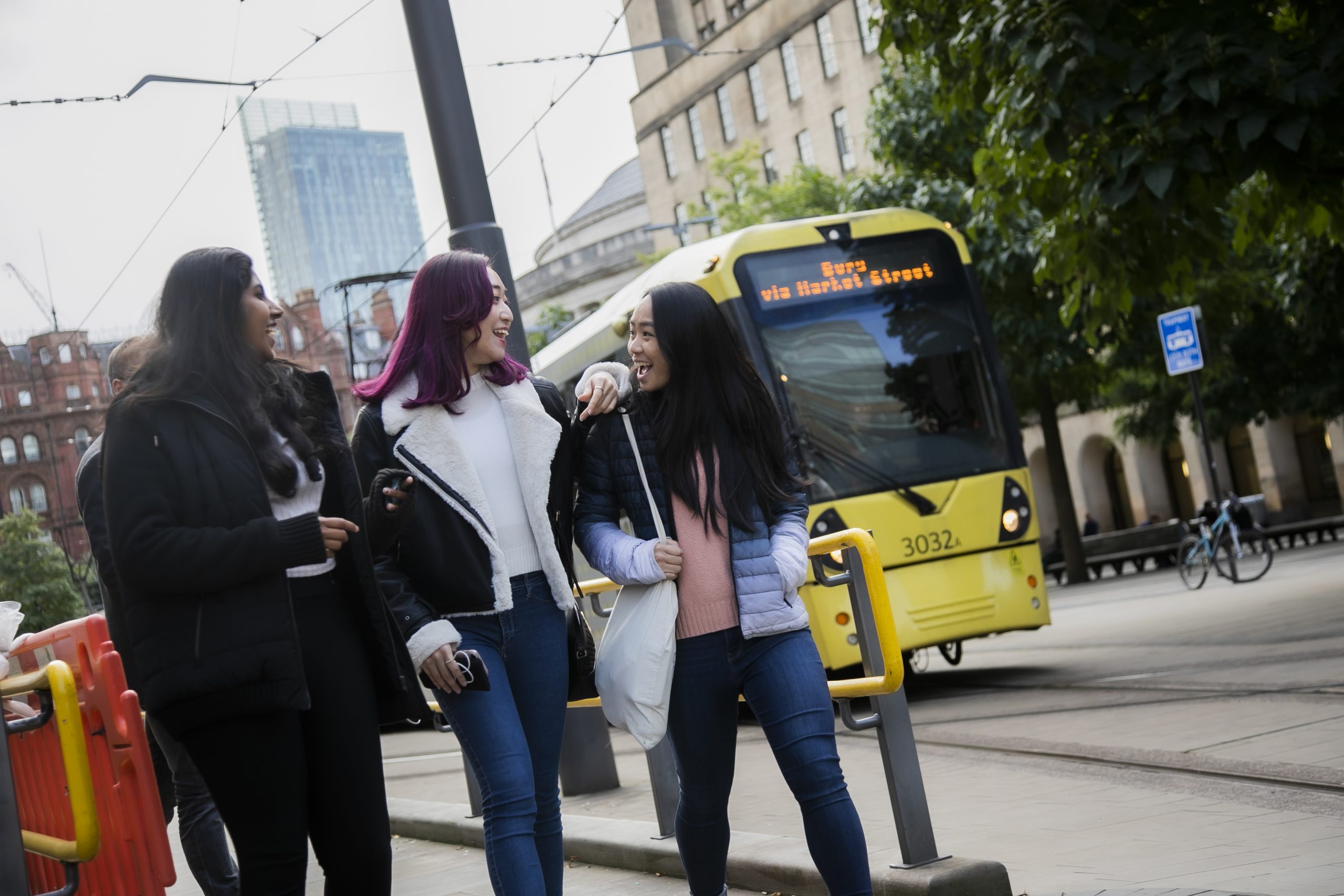This spring, Joanna joined the rest of her MBA cohort on a study visit to Bogota. Here, she explores her feelings leading up to the trip, her experiences of Colombia, and the insight she gained into the country’s business culture and practices.
I never thought that as part of my MBA course I’d have an opportunity to go on a study trip to Bogotá, the capital of Colombia! To be honest I wasn’t sure what to expect. My initial thoughts of Bogotá were based on preconceived ideas founded by BBC documentaries, stereotypical common knowledge and the unbelievable hill climbing cycling skills of Colombian riders during Tour De France. Also, someone said that Big Butt Ants (Hormigas Culonas) can be served as a salty, fried snack…
When I told family, friends, and my team at work that I was considering taking part in the study visit, reactions were mixed and reached opposite ends of the excitement continuum. Surprisingly, what put my mind at ease was a quick conversation with one of the business partners who works for a multinational construction consultancy. He said that their firm has an office in Bogotá and that he always wanted to go there as the business is doing well. As a part of my pre-trip research I checked their website to see what sort of projects they are involved in. I was pleasantly surprised to see that a global consultancy in project and cost management, who specialises in driving certainty and transparency in cost, also implements their corporate social responsibility agenda in delivery of capital projects in Bogotá. It is really needed in this area.

Apart from researching infrastructure market opportunities, I also looked at road cycling and concept of cycling lanes that represent social equality. As a keen cyclist myself, I wanted to know where Nairo Quintana trained before Tour De France and what made him into such an amazing cyclist (I’m sure it is something to do with altitude). Determined to implement the findings of my research, I was ready for this study trip.
Just before dawn on Saturday morning I boarded a 6am flight, together with fellow students and University of Salford staff. 13 hours later we were in Bogotá, ready to sample the richness of the urban vibe of the capital situated 2,652m above sea level. The goal was to maximize my understanding of successful business models in foreign market place, to look at integrated management contingency scenarios and to explore the relationship between the city and its people, coupled with creating opportunities for small businesses that serve the local community on an everyday basis.
At the airport we were welcomed by colleagues from Universidad de Bogotá Jorge Tadeo Lozano (UTADEO). We learned over the next few days that there is an established working relationship between both universities based on previous work delivered by Dr Jonathan Swift from Salford Business School and Professor Jose Alberto Duenas from UTADEO. Both academics, together with Anne-Marie Graham from Vela-Tours, were our guides during this study trip. They shared their knowledge and experience about Colombia and Bogotá: culture, cuisine, passion for fair trade coffee, and support for small, independent, local businesses.

Each day was literally packed with activities that included business visits, university visits, exploring the city, sampling traditional food and reflection time on the bus back to the hotel. We had the pleasure of experiencing company visits to multinational businesses like Bimbo, the multinational bakery manufacturing company, Bogotá Water Plant, Corona ceramics factory, and Mario Hernandez leather goods factory. During these visits we learned more about the different aspects of running a factory which comprised of shifts, quality control, achieving targets, people management, and supply chain management. Staff in Bogotá Water Plant also gave us a more detailed opportunity to look at their governance structure, processes and procedures, constraints in water distribution as well as plans for strategic landscaping and civil engineering projects for the near future. We asked questions about procurement strategy, skills available in the market place, plans for delivery and the potential impact of presidential elections on the success of this project. It was also good to see that the company is promoting gender equality in managerial roles.
Apart from visiting well established market players we also visited Bogotá Beer Company (BBC) which started as a student project. If only every start-up could praise itself with such a high-quality product! We sampled different types of what BBC had to offer and gave constructive feedback to our beer guide. Unfortunately, BBC does not export its produce, so you will have to take my word that the beer flavoured with coffee was the most controversial in our expert opinion.
Speaking about coffee…it’s everywhere. It’s strong, but not bitter, and a pleasant medium roast that allows you to explore the quality of the flavour when you drink it black. Coffee is the most recognised export of Colombia. It goes without saying that we went on an all-day bus tour to a coffee plantation to see the process of producing coffee from the tree to a cup. What I learned at the plantation is that the coffee taste depends on the altitude it grows, the taste can also be influenced by different plants growing nearby e.g. citrus flavour can be assimilated. Back in Bogotá, what a pleasure it was to take part in a fair trade, artisan coffee preparation presentation by young baristas who are the future of the ethical coffee trade.

I cannot finish this blog without mentioning the descent into the underground Salt Cathedral (Catedral de Sal de Zipaquirá). The complex is a tourist destination, a working cathedral and a smart civil engineering project. It is worth a visit to experience the space; some of the old mining tunnels were developed into new entertainment areas including a light show, cinema, and mini spa where you can buy different types of salt that apparently make your skin look refreshed and relaxed.
What I learned during my trip is that Bogotá is a friendly city. I could write an entirely separate blog about food and sampling regional delights on an everyday basis, from high end restaurants, street food and the unique power of the ever present chicken soup!
Looking back at the MBA course and skills tried and tested on this trip, I can say that team building, relationship management, and stakeholder engagement were the ones which were put into practice the most. From a supply chain management point of view, I can honestly say that next time I buy coffee, bagels or a handbag in the UK I’ll pay more attention to see where it came from. What made this experience worthwhile is the amazing people I met on this trip, the shared stories, and gained experience.
Head to our course finder page for more information about the Salford MBA.






Leave a Reply